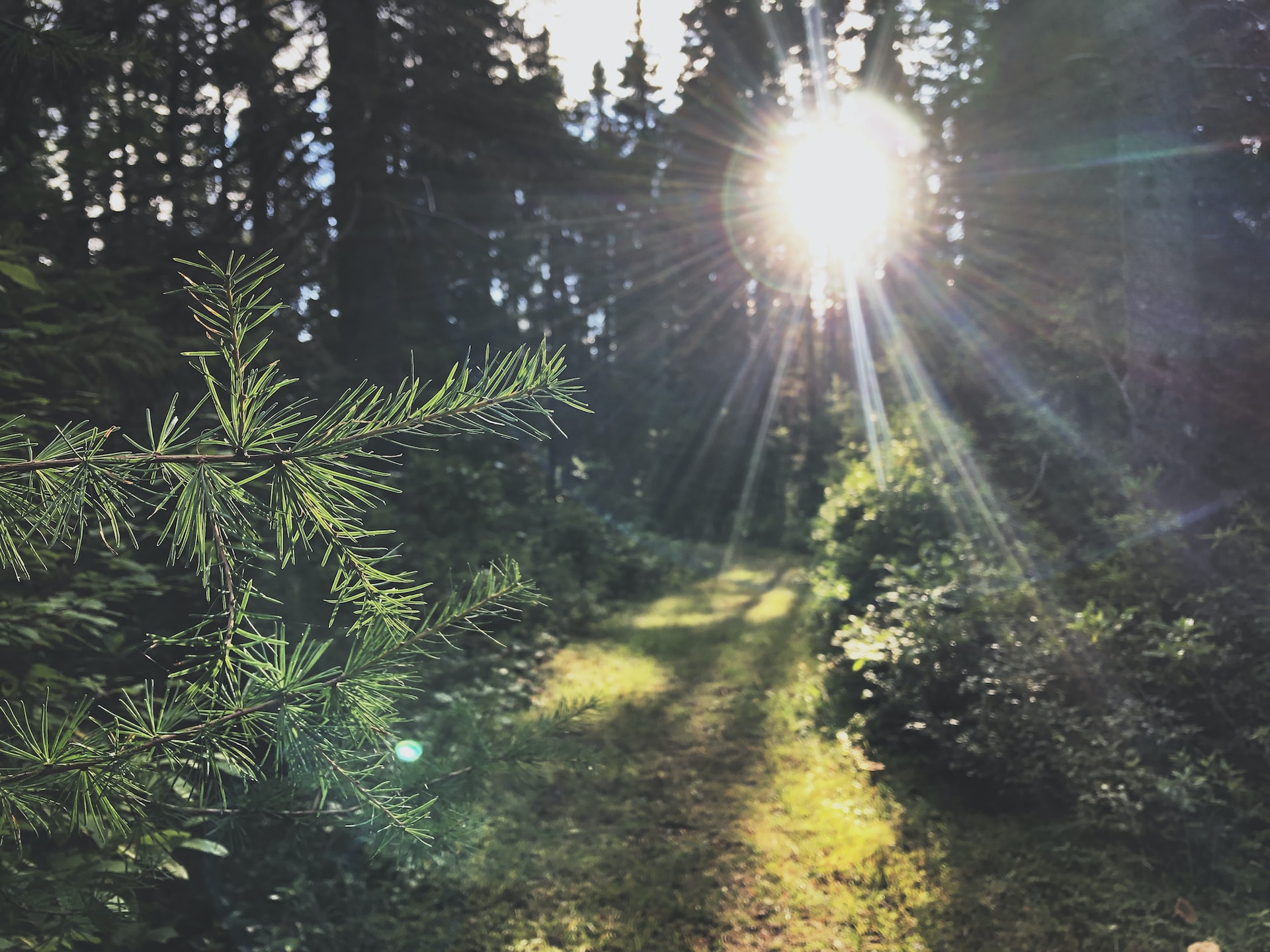Introduction
Transforming your garden into an Endangered Species Garden Sanctuary is not only a vibrant contribution to local ecosystems but also a rewarding endeavor for nature lovers. By optimizing your backyard habitat, you can play a crucial role in providing refuge for unique displaced wildlife and also contribute substantially to conservation efforts. Let’s delve into the ways in which you can make this positive change right at home.
Building Native Plant Gardens
Transforming your garden into a haven for local endangered species involves integrating native plants, trees, and shrubs into your garden design. These indigenous species are not only adapted to local climate conditions, but also provide the most suitable habitat and food sources for local wildlife. Planting a diverse range of native species ensures that your garden caters to an array of species, attracting an assortment of feathered, fluffy and buzzing visitors. For more in-depth guidance, consider checking out Gardening Know How’s tips on protecting endangered animals in gardens.
Creating Safe Water Sources
Water is an integral part of wildlife needs, especially during harsh weather conditions. Creating water features like birdbaths, fish ponds, or small rock pools not only enhances your garden’s aesthetic but provides a vital resource for thirsty animals and insects. Ensure these are shallow and have a way out to keep the smallest of critters safe. Cleanliness is key, so remember to change the water in birdbaths regularly to prevent the spread of diseases.
Providing Shelter
From large trees to small undergrowth, it’s important to consider various forms of shelter in designing your garden. Birdhouses, bat boxes, and hedgehog homes are great for larger species, while rock piles and leaf litter provide perfect habitats for a variety of insects and amphibians. These structures do more than just offer refuge; they create a setting that encourages breeding, thus supporting population stability.
Pesticide-Free Gardening
Chemical pesticides can be harmful to endangered species. Instead, consider organic pest control methods that are equally effective yet friendly towards beneficial creatures. Companion planting, manual removal, and DIY sprays can all help maintain the balance. This way, your garden remains a toxin-free sanctuary for its residents.
Establishing Pollinator Gardens
Creating a pollinator garden is an efficient way to support endangered insects such as bees, butterflies, and beetles. Choosing plants with high nectar and pollen yield such as Lavender, Sunflowers, or Echinacea is a great start. The Pollinator Week webpage is a great resource for diving deeper into pollinator garden setup and upkeep.
Participating in Citizen Science
You can also play a role in monitoring local endangered species through Citizen Science projects. This could be as simple as reporting sightings of certain flora and fauna, photo documentation, or even monitoring noise levels. The Coon Rapids Civic Center provides an excellent example of how citizen science can help in protecting pollinators.
Education and Advocacy
Transforming your garden into a sanctuary is great, but don’t stop there. Spreading awareness is key. Join local nature groups, host garden tours, or even just sharing your achievements on social media can help educate and inspire others. Every effort counts towards making our world a safer place for all creatures.

